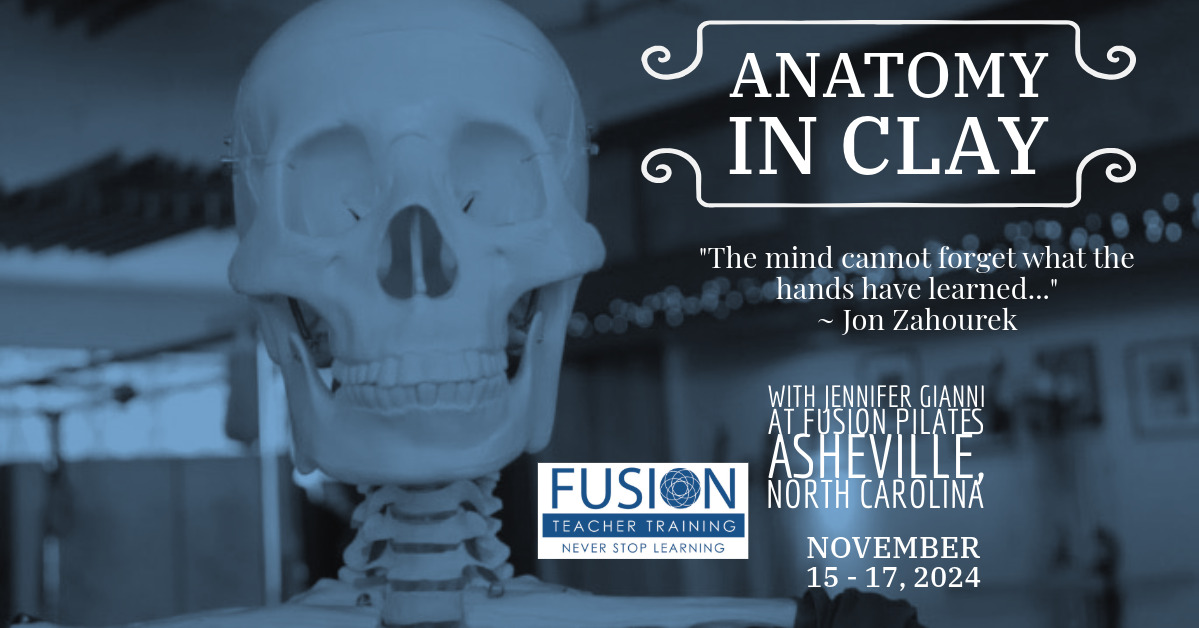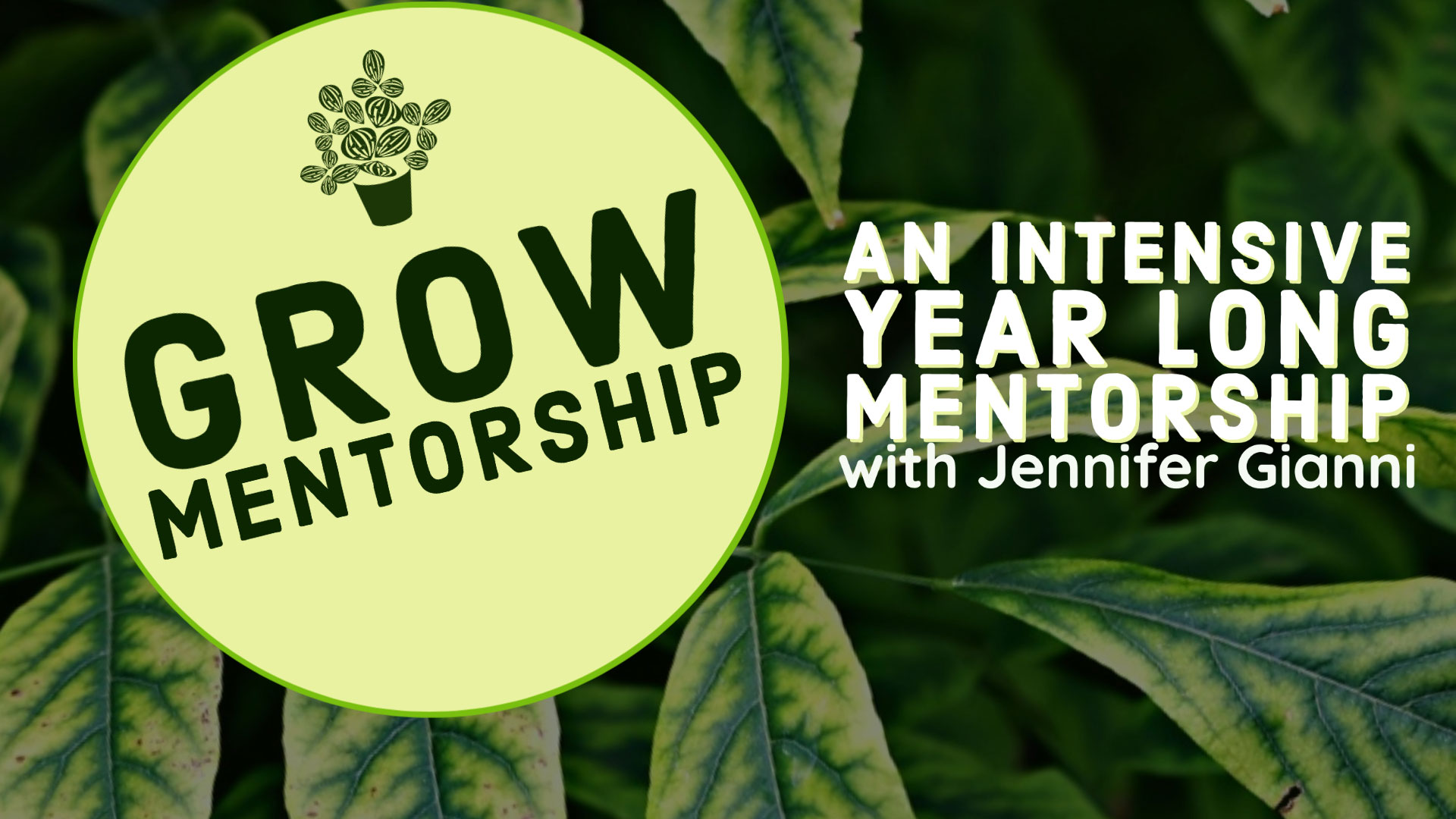 Many people from many different walks of life have found Pilates to be an interesting, challenging, and engaging practice. Some people look to Pilates to build strength, agility, and balance with beautiful life-changing results. But no person benefits more from this amazing scope of work than the person who comes to you in pain.
Many people from many different walks of life have found Pilates to be an interesting, challenging, and engaging practice. Some people look to Pilates to build strength, agility, and balance with beautiful life-changing results. But no person benefits more from this amazing scope of work than the person who comes to you in pain.
Typically, these people have already walked a long road to your door. They have tried various modalities, with various outcomes, and are willing, based on a recommendation or a hunch, to try you. This is quite the act of bravery because the people that are in pain have a much higher risk factor when entering the studio. This is why it is imperative that you know how to handle this situation.
And the first step in that process is to launch an investigation. Remember that they have been told a variety of different stories by different clinicians. They have been given a bag of anatomical and pathological buzzwords that they hope holds the keys to their wellness. Unfortunately, this is very rarely the case. So once they tell their story to you, it is time to start digging.
So many times the site of pain is not where the problem starts. Ask them questions about their sleep/wake patterns. Find out how much they sit or stand during the day. Take a look at their habitual seated and standing patterns for breaks in the kinetic chain that would lead to compression and misalignment. Also, I almost always ask someone in pain when was the last time he had his eyes checked. This is an important component to solid upright posture, and it is often overlooked. Think about all of the various situations and circumstances that people go through during the day. Leave no stone unturned in this search for clues.
The key here is subtlety. Pain can come with its own set of emotional tethers. So when you are working with and asking about your client’s greatest vulnerability, do so with kindness and compassion. You cannot pry into his life, but you can tell him what you are seeing and feeling in his body in terms of movement. You will be surprised by the information that comes out in this process. Often it holds the key to unlocking the pain and unveiling movement potential.
~by Casey Marie Herdt
We hope you found this article helpful! Leave us your comments below.



Leave A Reply (No comments So Far)
Please - comments only. All Pilates questions should be asked in the Forum. All support questions should be asked at Support.
You must be logged in to post a comment.
No comments yet.